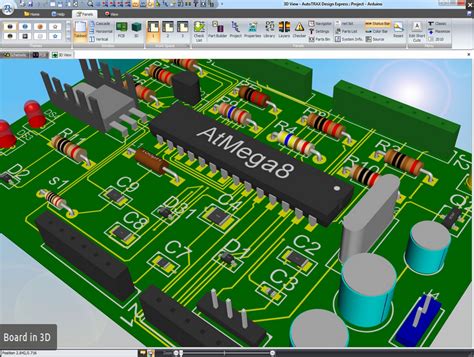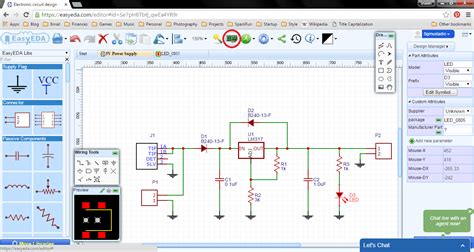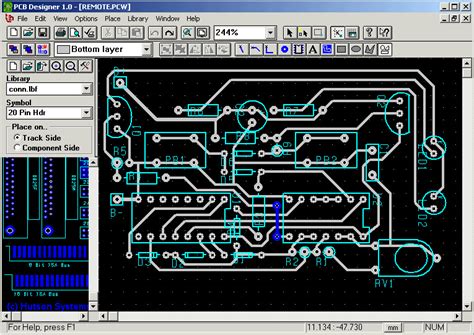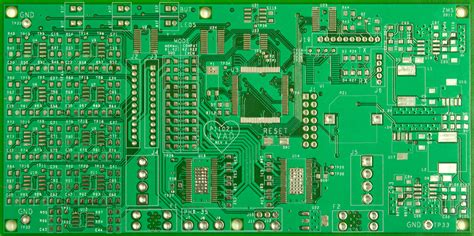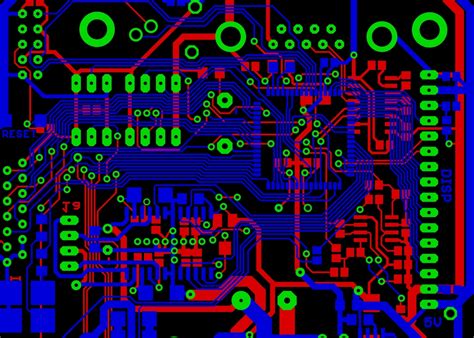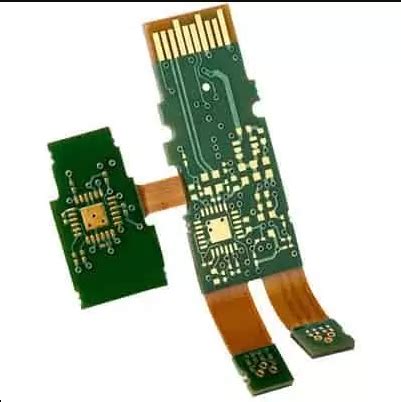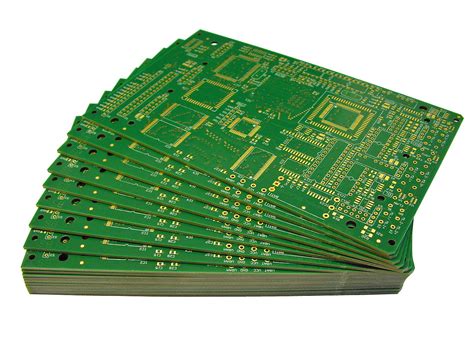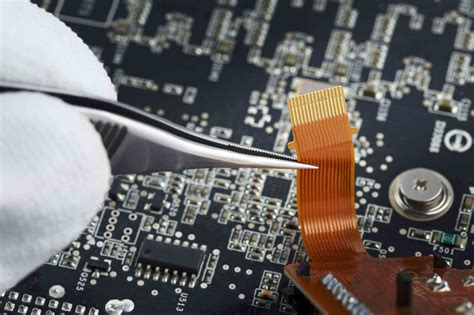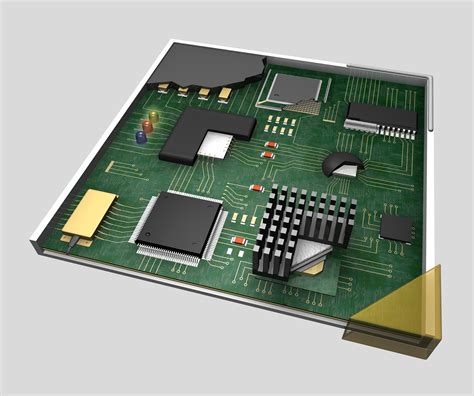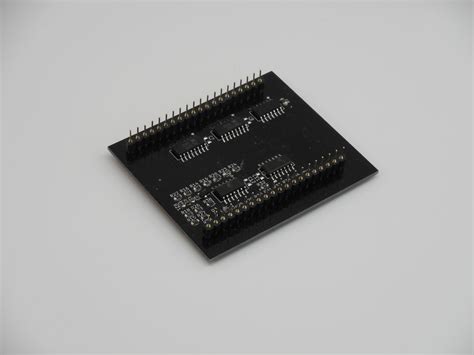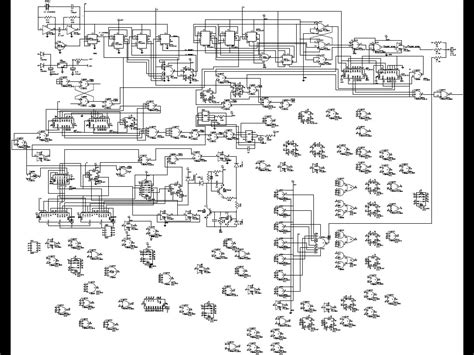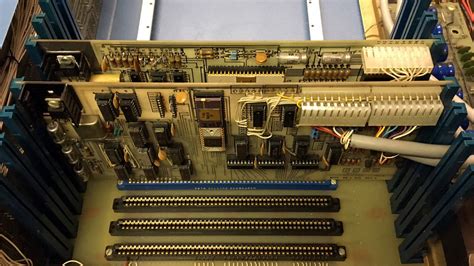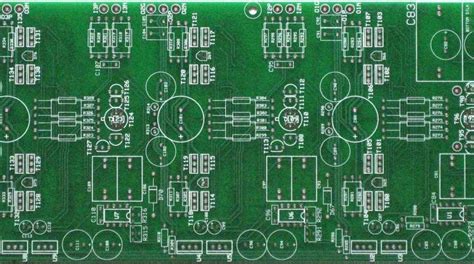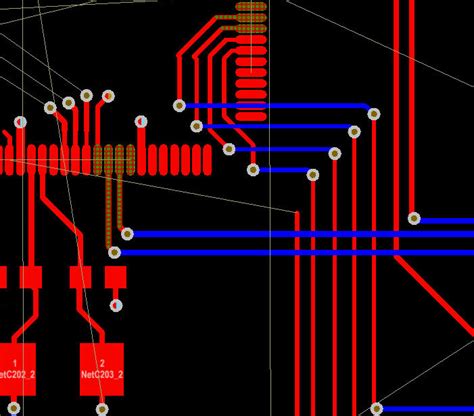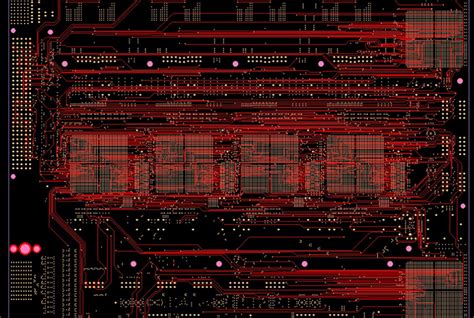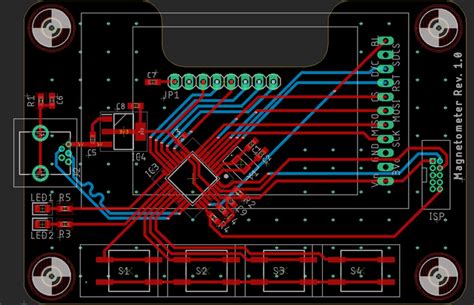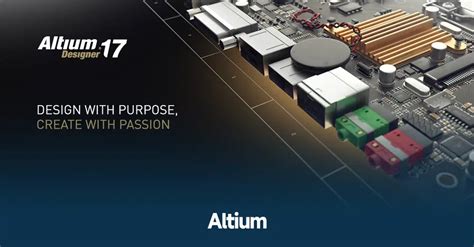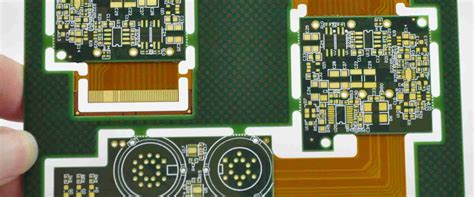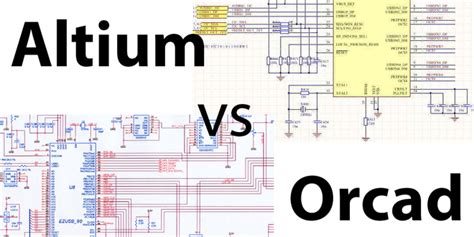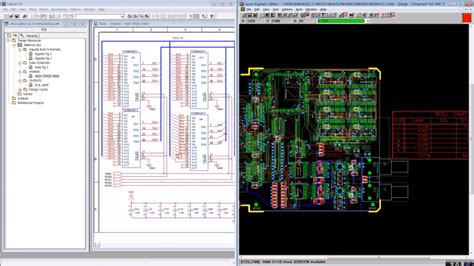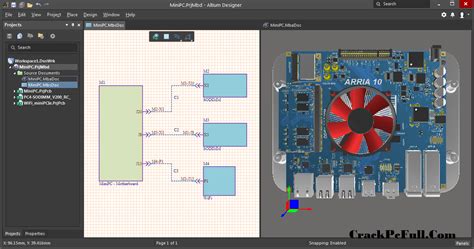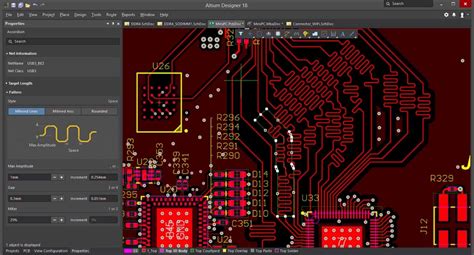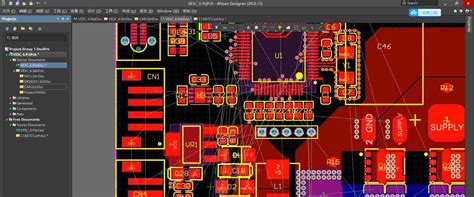Which PCB design software is the best?
What is PCB Design Software?
PCB design software is a specialized tool used by electronic engineers and designers to create, edit, and analyze PCB layouts. It allows users to design complex circuits, place components, route traces, and generate manufacturing files for PCB fabrication.
Key Features to Consider When Choosing PCB Design Software
Before diving into the comparison of different PCB design software, let’s discuss the essential features to look for:
-
Schematic Capture: The ability to create and edit schematic diagrams is a fundamental feature of any PCB design software. It should provide a user-friendly interface for placing components, drawing connections, and managing hierarchical designs.
-
PCB Layout: The software should offer powerful tools for PCB layout, including component placement, trace routing, and design rule checking (DRC). It should support various board sizes, layers, and manufacturing constraints.
-
Library Management: A comprehensive component library is essential for efficient PCB design. The software should provide a vast library of pre-built components and allow users to create and manage custom libraries.
-
3D Visualization: The ability to visualize the PCB design in 3D helps in identifying potential issues and ensuring proper component placement. Look for software that offers realistic 3D rendering and mechanical integration.
-
Collaboration and Version Control: If you work in a team environment, the software should support collaboration features such as version control, design sharing, and real-time updates.
-
Output Generation: The software should be capable of generating accurate manufacturing files, including Gerber files, drill files, and assembly drawings, to ensure smooth communication with PCB fabrication and assembly services.
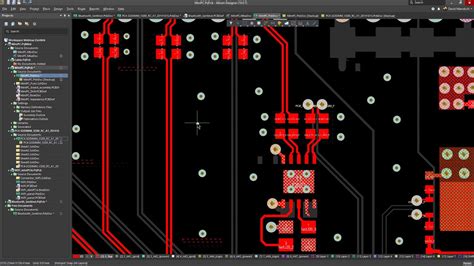
Top PCB Design Software Solutions
Now, let’s explore some of the best PCB design software solutions available in the market:
1. Altium Designer
Altium Designer is a powerful and comprehensive PCB design software that offers a wide range of features for both beginners and advanced users. It provides a seamless integration between schematic capture and PCB layout, allowing designers to efficiently create complex designs.
| Feature | Description |
|---|---|
| Schematic Capture | Intuitive schematic editor with hierarchical design support and real-time design rule checking |
| PCB Layout | Advanced layout tools, including interactive routing, 3D visualization, and rigid-flex PCB design |
| Library Management | Extensive component library with access to online component databases and custom library creation |
| Simulation and Analysis | Built-in signal integrity analysis, thermal simulation, and power distribution network analysis |
| Collaboration | Altium 365 platform for real-time collaboration, version control, and design data management |
Altium Designer is known for its robust feature set and industry-standard output generation. It is widely used by professional PCB designers and is suitable for complex, high-speed designs.
2. KiCad
KiCad is a free and open-source PCB design software that has gained popularity among hobbyists, students, and even professional designers. It offers a complete suite of tools for schematic capture, PCB layout, and 3D visualization.
| Feature | Description |
|---|---|
| Schematic Capture | Eeschema schematic editor with hierarchical design support and integrated symbol library |
| PCB Layout | Pcbnew layout editor with interactive routing, design rule checking, and 3D viewer |
| Library Management | Extensive component library with support for custom symbol and footprint creation |
| Simulation and Analysis | Integration with external simulation tools like SPICE and support for thermal analysis |
| Collaboration | Version control integration with Git and design file format compatibility with other tools |
KiCad’s strengths lie in its active community support, regular updates, and compatibility with various operating systems. It is an excellent choice for open-source enthusiasts and those on a tight budget.
3. Eagle
Eagle, now owned by Autodesk, is a popular PCB design software known for its ease of use and affordability. It offers a streamlined interface for schematic capture and PCB layout, making it suitable for beginners and small-scale projects.
| Feature | Description |
|---|---|
| Schematic Capture | Schematic editor with real-time design rule checking and extensive component libraries |
| PCB Layout | PCB layout editor with autorouter, design rule checking, and 3D visualization |
| Library Management | Comprehensive component library with access to online libraries and custom library creation |
| Simulation and Analysis | Integration with Autodesk Fusion 360 for mechanical design and simulation |
| Collaboration | Cloud-based collaboration through Autodesk 360 platform and version control integration |
Eagle’s strengths include its user-friendly interface, extensive component libraries, and integration with Autodesk’s ecosystem. It is a great choice for hobbyists, students, and small businesses.
4. OrCAD
OrCAD, developed by Cadence, is a professional-grade PCB design software known for its robustness and advanced features. It offers a comprehensive suite of tools for schematic capture, PCB layout, and simulation.
| Feature | Description |
|---|---|
| Schematic Capture | OrCAD Capture schematic editor with hierarchical design support and real-time design rule checking |
| PCB Layout | OrCAD PCB Designer with advanced routing, constraint management, and signal integrity analysis |
| Library Management | Comprehensive component library with access to online component databases and custom library creation |
| Simulation and Analysis | PSpice simulation for analog and mixed-signal designs and signal integrity analysis |
| Collaboration | Cadence TeamShare for design collaboration, version control, and data management |
OrCAD is widely used in the industry for complex and high-speed designs. It offers advanced features for signal integrity analysis, constraint management, and simulation.
5. DipTrace
DipTrace is a user-friendly PCB design software that offers a balanced set of features for both beginners and experienced designers. It provides a smooth workflow from schematic capture to PCB layout and 3D visualization.
| Feature | Description |
|---|---|
| Schematic Capture | Schematic editor with real-time design rule checking and component placement assistance |
| PCB Layout | PCB layout editor with advanced routing, 3D visualization, and manufacturing output generation |
| Library Management | Extensive component library with support for custom symbol and footprint creation |
| Simulation and Analysis | Integration with external simulation tools and support for thermal analysis |
| Collaboration | Version control integration and design file format compatibility with other tools |
DipTrace’s strengths lie in its intuitive interface, affordable pricing, and active community support. It is a great choice for small to medium-sized projects and educational purposes.

Frequently Asked Questions (FAQ)
-
Q: Which PCB design software is best for beginners?
A: For beginners, KiCad and Eagle are excellent choices due to their user-friendly interfaces and extensive documentation. They offer a gentle learning curve and have active community support. -
Q: Is there a free PCB design software available?
A: Yes, KiCad is a free and open-source PCB design software that offers a complete suite of tools for schematic capture, PCB layout, and 3D visualization. It is a great option for those on a tight budget. -
Q: Which PCB design software is widely used in the industry?
A: Altium Designer and OrCAD are widely used in the industry for complex and high-speed designs. They offer advanced features for signal integrity analysis, constraint management, and simulation. -
Q: Can I import and export designs between different PCB design software?
A: Most PCB design software support common file formats like Gerber, ODB++, and IPC-2581, which allow for design exchange between different tools. However, it’s always a good idea to check the compatibility and any potential limitations before migrating designs. -
Q: Do PCB design software offer simulation and analysis capabilities?
A: Many PCB design software, such as Altium Designer and OrCAD, offer built-in simulation and analysis tools for signal integrity, thermal analysis, and power distribution network analysis. Some software also integrate with external simulation tools like SPICE for more advanced simulations.
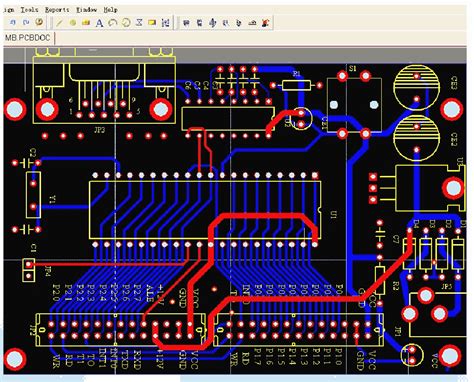
Conclusion
Choosing the best PCB design software depends on your specific requirements, skill level, and budget. Altium Designer and OrCAD are industry-standard tools suitable for complex and high-speed designs, while KiCad and Eagle are great options for beginners and small-scale projects. DipTrace offers a balanced set of features at an affordable price point.
When selecting a PCB design software, consider factors such as ease of use, feature set, library management, simulation capabilities, and collaboration options. It’s also essential to evaluate the learning resources, community support, and compatibility with your existing design workflow.
Ultimately, the best PCB design software is the one that enables you to efficiently create high-quality PCB designs while meeting your project requirements and budget constraints. We hope this comprehensive guide has provided you with valuable insights to make an informed decision when choosing your PCB design software.
